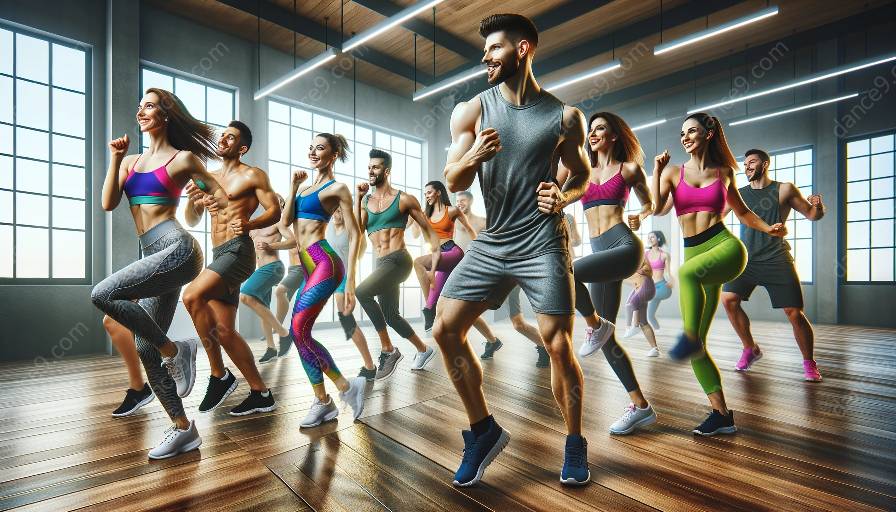Fitness dance classes not only offer a fun and enjoyable way to get fit, but also play an essential role in physical and mental well-being. One of the key elements that make fitness dance classes effective and enjoyable is choreography. Let's explore the significance of choreography in the context of fitness dance.
Enhanced Coordination
Choreography greatly contributes to the development of coordination in fitness dance classes. The carefully crafted and structured dance sequences, when practiced regularly, stimulate the mind-body connection, leading to improved coordination. As participants learn and internalize specific movements and transitions, their overall coordination and agility are enhanced, contributing to better overall physical fitness.
Physical Fitness
Choreographed fitness dance routines are designed to elevate heart rate, improve cardiovascular endurance, and engage various muscle groups. The combination of dance movements, along with choreographed sequences, offers a full-body workout. The repetitive nature of practicing choreography in dance classes helps in building strength, flexibility, and endurance, leading to improved overall physical fitness.
Engaging Experience
Choreography adds an element of engagement and excitement to fitness dance classes. It infuses creativity and artistry into the workout, making it enjoyable and motivating for participants. The structured nature of choreography provides a sense of progression and achievement as participants master and execute dance sequences, creating a fulfilling and immersive experience.
Expression and Emotion
Incorporating choreography into fitness dance classes allows participants to express themselves through movement. Dance sequences often convey emotions and narratives, offering a holistic experience that goes beyond just physical exercise. This aspect of choreography adds a layer of emotional well-being to fitness dance classes, promoting stress relief and a sense of fulfillment.
Community and Connection
Choreographed group routines in fitness dance classes foster a sense of community and connection among participants. The shared experience of learning and performing choreography together promotes camaraderie and a supportive atmosphere. This bonding enhances the overall appeal of fitness dance classes, making them a social and enjoyable fitness activity.
Conclusion
Choreography plays a multifaceted role in fitness dance classes, encompassing physical, mental, and social aspects. Its contribution to coordination, physical fitness, engagement, expression, and community connection makes it an integral component of the overall experience. As individuals engage in choreographed fitness dance classes, they not only improve their physical well-being but also benefit from an enriching and uplifting experience.













































































